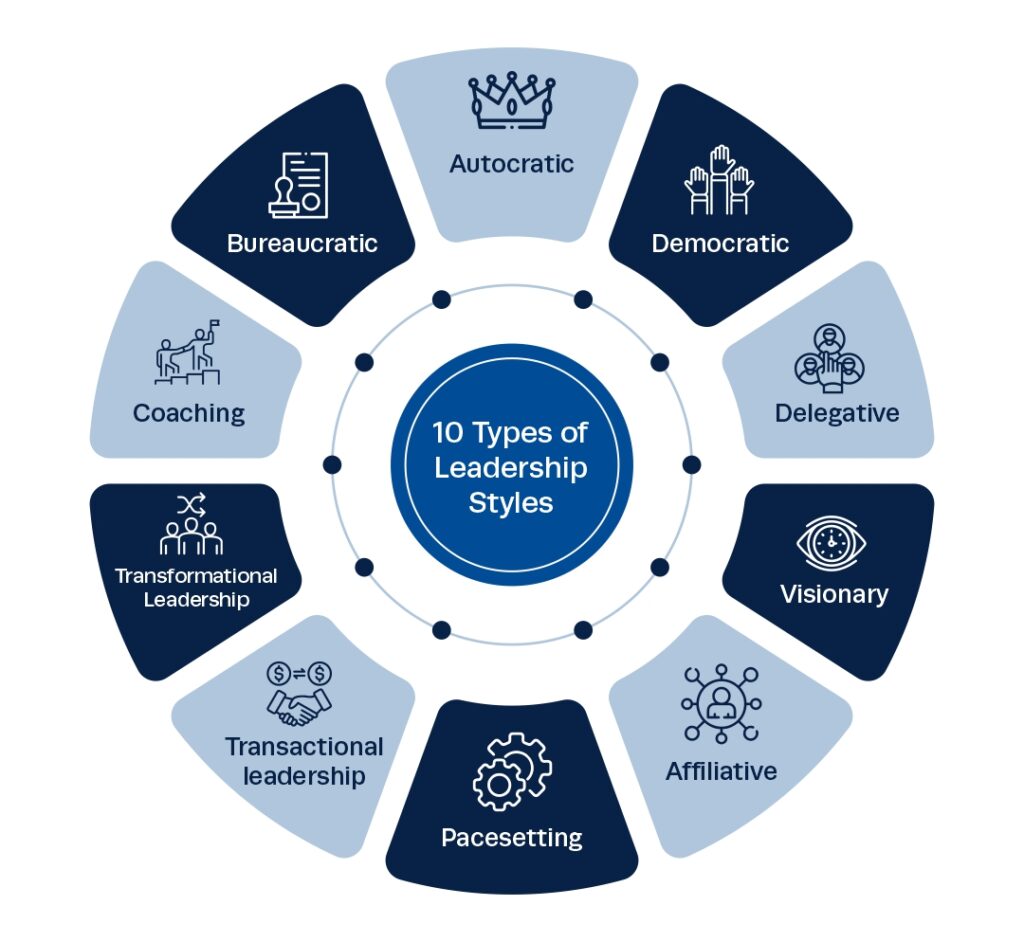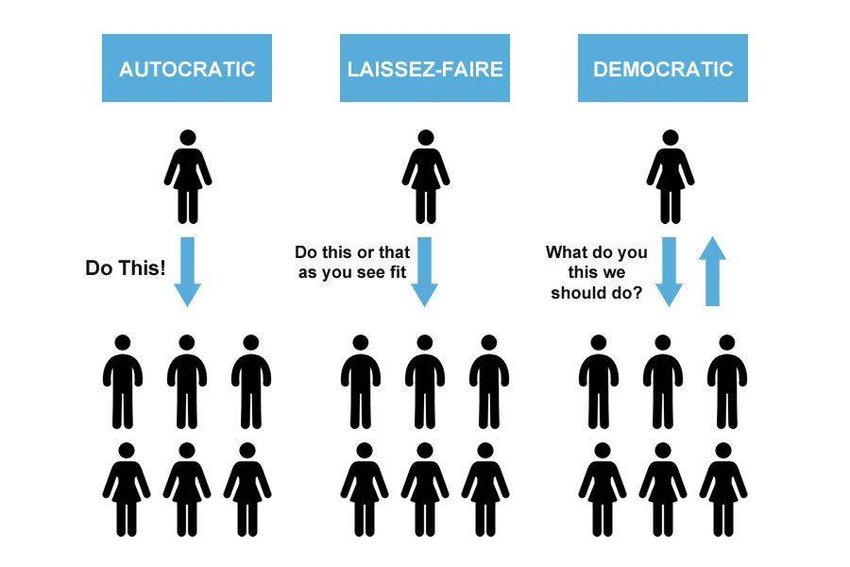The concept of management style in leadership has evolved over time as different theories and approaches have emerged. In the early 20th century, scientific management was a dominant theory that emphasized efficiency and productivity through standardization of work processes. This theory led to a management style that was highly autocratic, with managers closely controlling every aspect of their workers’ jobs.
In the 1930s and 1940s, a new approach emerged that emphasized the importance of human relations in the workplace. This theory led to a more democratic management style, with managers seeking input and feedback from their employees and valuing their contributions to the organization.
In the 1960s and 1970s, the concept of situational leadership emerged, which recognized that different situations required different management styles. This theory emphasized the need for leaders to be flexible and adaptable to changing circumstances, and to choose the most appropriate management style based on the needs of the situation.
In recent years, there has been a growing emphasis on servant leadership, which focuses on the leader’s responsibility to serve their team and prioritize their needs over their own. This approach emphasizes collaboration, empathy, and the importance of creating a positive work environment.
Today, there is no one “correct” management style, and effective leaders often use a combination of styles to achieve the best results for their team. Understanding the history and evolution of management style in leadership can help leaders choose the most appropriate approach for their team and organization.
Types of Leadership Styles
Types of Management Style

There are four broad categories of management styles:
Autocratic
Democratic
laissez-faire
Transformational.

Autocratic Management Style
This type of management follows a top-down approach, with one-way communication from bosses to employees.
This is the most controlling of the different management styles, with the management making all workplace decisions and holding all of the power.
Employees are treated as drones, to be monitored closely as they perform within clearly defined perimeters.
Employees are not encouraged to ask questions, submit ideas, or share their thoughts on improving processes, and are in some cases actively discouraged from doing so.
The subtypes of autocratic management style are authoritative, persuasive, and paternalistic.
Democratic Management Styles
Leaders encourage employees to give input during the decision-making process but are ultimately responsible for the final decision.
Communication goes both ways, top-down and bottom-up, and team cohesiveness is increased.
This process allows for diverse opinions, skills, and ideas to inform decisions.
The subtypes of democratic style include the consultative, participatory, and collaborative.
Laissez Faire Management Style
Management takes a hands-off approach to leadership. Staff are trusted to do their work without supervision, and they are left to control their decision making and problem-solving.
Management is present at the delegation and delivery stages of work, but otherwise steps back and gives staff the freedom to control their workflow and outcomes. Management is only involved during the process if the staff requests their assistance.
The subtypes of Laissez Faire management style include the consultative, participatory, and collaborative.
Transformational Management Style
This style is agile, and growth focused.
Managers focus their efforts on pushing their staff to ever greater accomplishments through encouragement, pushing them past their comfort zones regularly, and consistently motivating their teams to raise their bar for achievements.
Managers work alongside their employees, inspiring their team to ever greater efforts by demonstrating their own work ethic.
Like Jonathan Sandling said in one of his blogs “leadership is a very simple concept: leaders aim to inspire, enthuse and motivate others in the achievement of an agreed objective. But when you consider the diversity of leaders, their staff and the professions they work in, the subject of leadership begins to become a little more complex.
Join our management class contact us today! and get yourself coached



